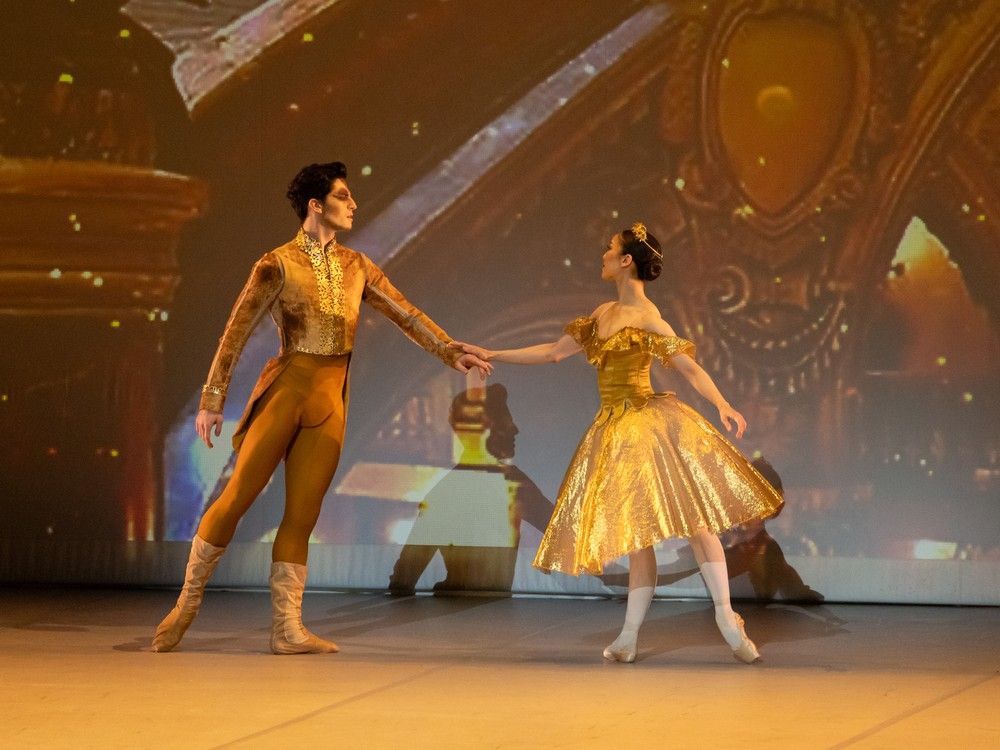Heist to homecoming: Stolen portrait of Winston Churchill returning to Canada
It’s finally coming home.
An original print of Yousef Karsh’s renowned portrait of Winston Churchill — a photo known as The Roaring Lion — was officially handed over to Canadian authorities at a ceremony this morning at Canada’s Embassy in Rome.
The black-and-white portrait, one of the world’s most renowned and historic images, was stolen from the lobby of the Fairmont Château Laurier hotel in Ottawa during the COVID-19 pandemic, sometime between Dec. 25, 2021, and Jan. 6, 2022. It was replaced on the wall with a rudimentary fake, complete with a phony Karsh signature.
No one noticed the theft until August 2022 when a hotel employee thought something seemed amiss and took a closer look before realizing there’d been a heist.
It was a moment of “harsh reality,” said Geneviève Dumas, general manager of the hotel.
The photo will be shipped back to Canada and is expected to return to its place on the walls of the Château sometime next month.
Many details of theft still unknown
After a lengthy investigation spanning two continents, Ottawa police announced earlier this month that the original photo had finally been located — in Italy.
It had unwittingly been purchased in May 2022 from the London auction house Sotheby’s by an Italian living in Genoa, Nicola Cassinelli.
Akiva Geller, with Ottawa police, was in Italy on Thursday as officials announced the plan to repatriate the painting.
“This case highlights the partnership between police services and countries,” said Geller. “It shows that no matter what language we speak or laws we uphold, we will work together to protect, preserve and recover heritage property.”
Police have not said how it ended up at the auction house, or how it was snuck out of the hotel. But neither Cassinelli nor Sotheby’s was ever a suspect as no one even knew the photo had been stolen at the time of their transaction.
A 43-year-old man from Powassen, Ont., Jeffrey Wood, was arrested in April and faces multiple charges including theft, forgery, and trafficking in stolen property.
From the moment it was discovered stolen, the art heist captivated Canadians, Karsh fans, and Churchill enthusiasts around the world. It made global headlines and sparked multiple documentaries.
The photo itself was taken by Karsh in the House of Commons Speaker’s Office on Parliament Hill in Ottawa in 1941, shortly after Churchill had given a wartime speech to Canadian MPs. As Karsh later recounted, he’d pulled Churchill’s cigar from his mouth just before snapping the shot, causing the British prime minister to grimace.
In so doing, Karsh created an image that came to symbolize British wartime resilience.

Churchill’s hardened, stoic expression has since been reprinted countless times around the world, including currently on the back of the British five pound banknote.
In the late 1990s, Karsh — who had lived at the Château Laurier for years — gifted an original Roaring Lion to the hotel for public display. It hung in a spacious sitting room just off the hotel’s lobby alongside a number of other Karsh portraits, including of Albert Einstein and Spanish cellist Pablo Casals.
The Churchill portrait is considered his masterpiece.
Dumas said “its value far exceeded monetary rewards.”
“This was a piece of history,” she said.



